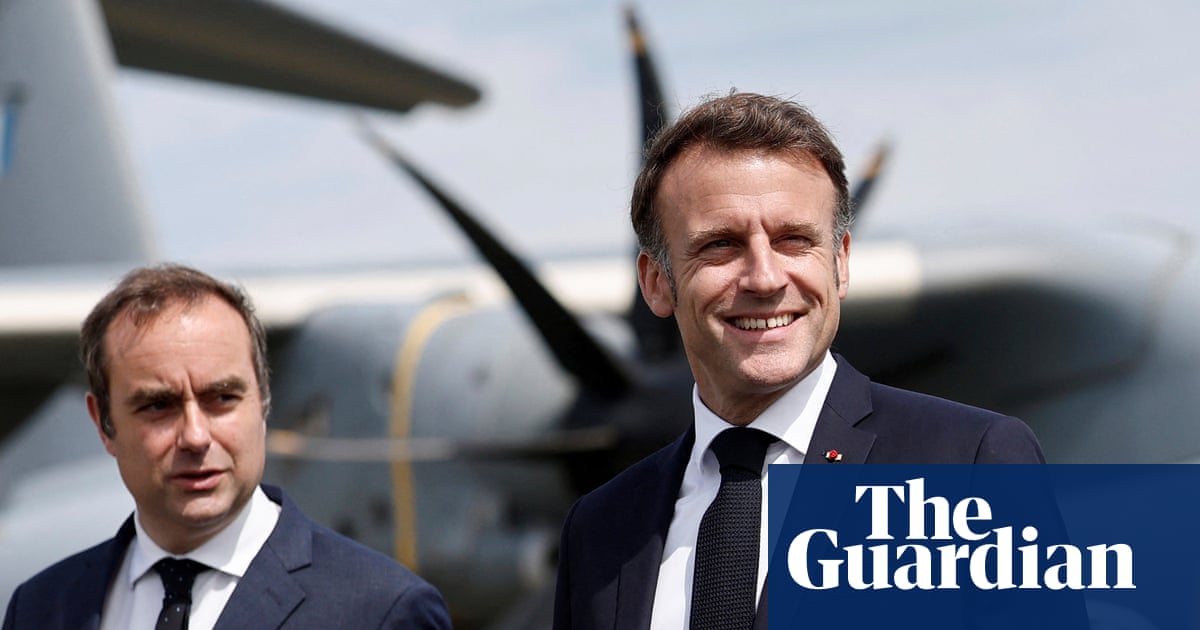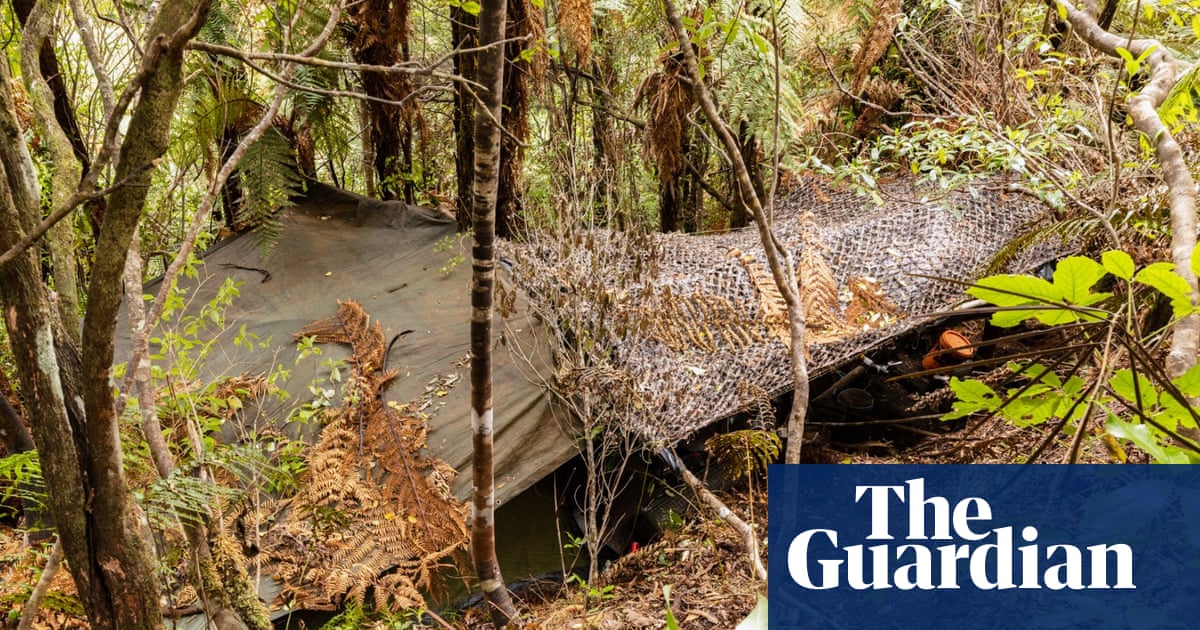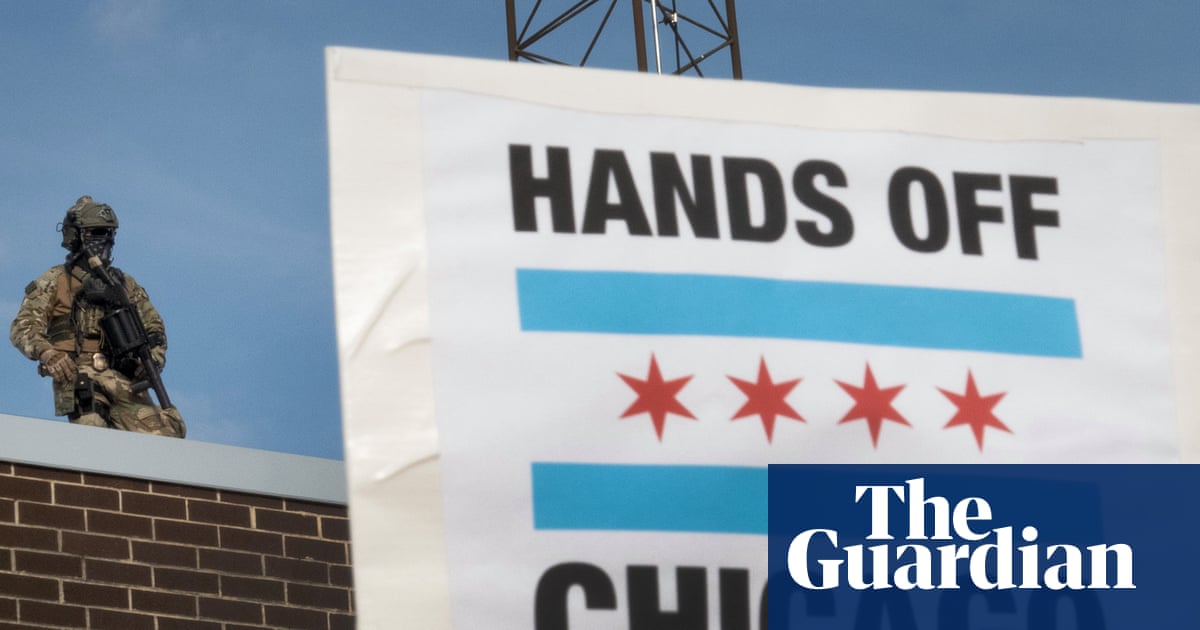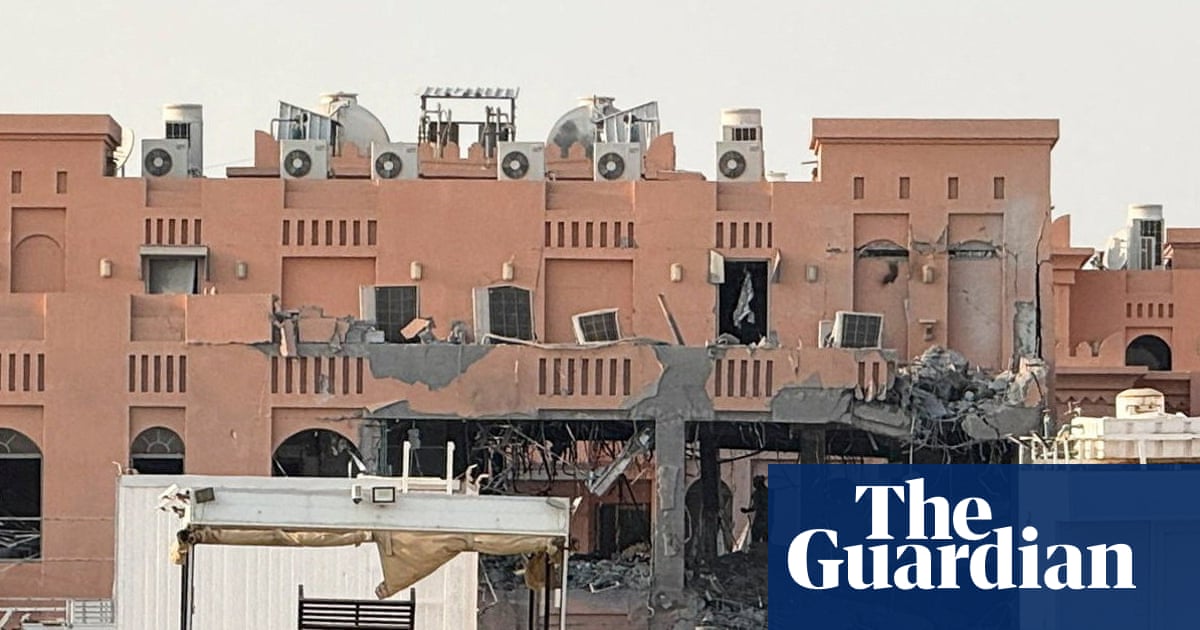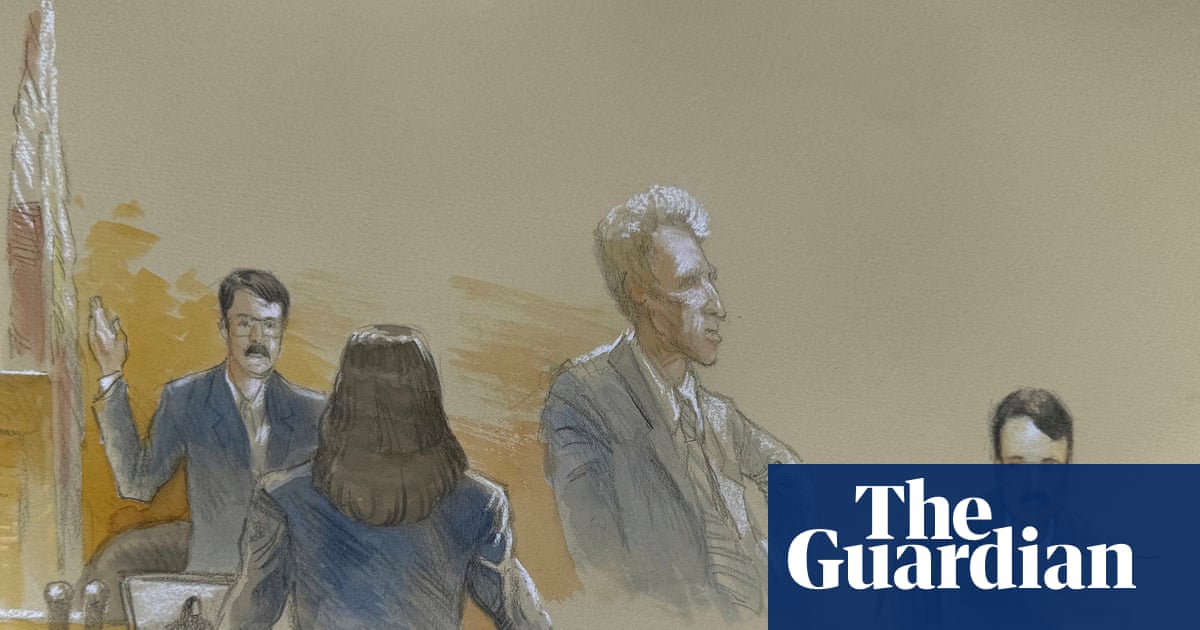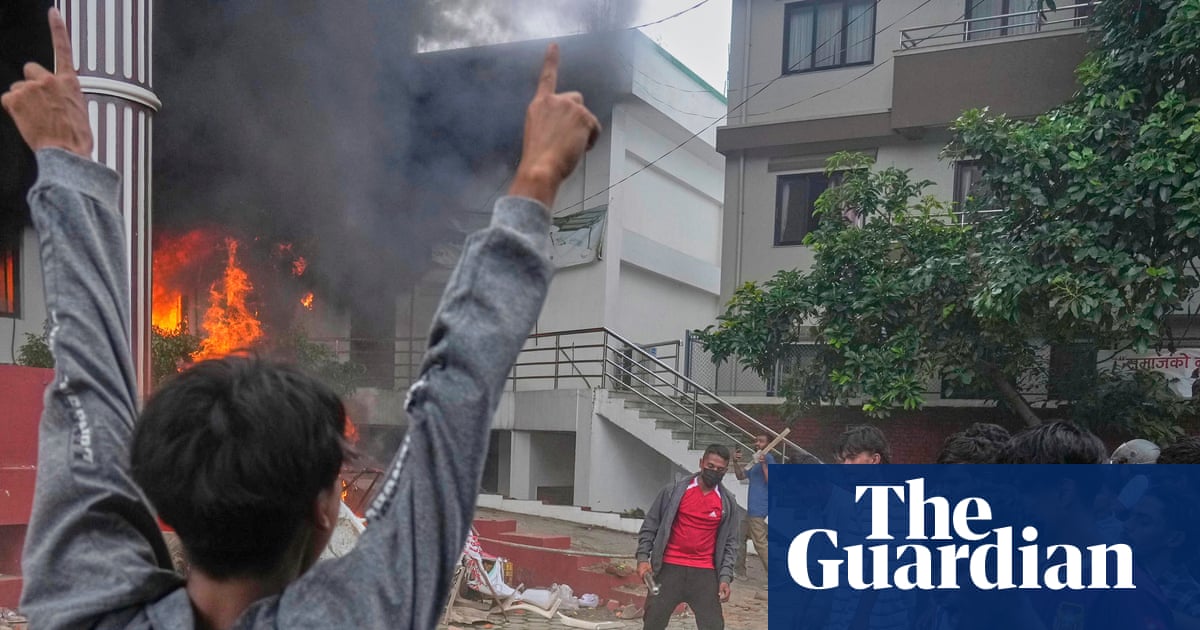At 9.48am on Thursday, Air India flight 423 took off from New Delhi bound for Ahmedabad, the largest city in Gujarat state, 600 miles south-west. It was an entirely normal day – although hotter than usual for the time of year in north India – and an entirely normal flight, except for the fact that the plane, an 11-year-old Boeing Dreamliner, landed 20 minutes early.
After more than two hours on the tarmac parked at Terminal 2 of the sprawling Sardar Vallabhbhai Patel international airport, captain Sumeet Sabharwal, an experienced pilot, taxied on to the single runway and prepared for takeoff.
Now flying as AI171, Sabharwal’s destination was London’s Gatwick airport, and onboard for the 10-hour flight were 12 crew and 230 passengers – mostly Indian nationals, with 53 British citizens, some Portuguese and a Canadian too.
According to the passenger list, travellers included parents with three children, several other families, and a British businessman and yoga practitioner. In seat 12 was a retired senior official of India’s ruling party. In 11A, next to the emergency door on the left side of the plane, was Vishwash Kumar Ramesh, a 40-year-old man from London who was in Gujarat visiting family with his brother, who was sitting in 11J.
Among the crew were Clive Kunder, the first officer, and Nganthoi Sharma Kongbrailatpam, a 21-year-old flight attendant from Manipur in India’s far north-east who had been working for Air India for two years.
CCTV and mobile phone footage showed what happened immediately after takeoff at 1.38pm.
First the Dreamliner climbed about 160 metres, reaching a speed of 322km/h, according to the minimal flight data available. Then, 10 seconds after leaving the ground, its upward motion stalled and the plane began to lose height.
Nose up, tilting slightly, it sank steadily downward for five seconds before crashing in the crowded neighbourhoods surrounding the airport. Sabharwal had issued a distress call to air traffic control but made no further communication.
The massive blast as the plane’s full fuel tanks exploded was heard across the city, and sent flames and a column of thick black smoke into the sky.
Keyur Prajapathi, a 27-year-old doctor at Ahmedabad civil hospital, about a kilometre from the airport, was on duty. “I looked outside the window and saw black smoke. Within seconds, our phones … started to ring. It took me another two to three minutes to understand what had happened,” said Prajapathi.
The Dreamliner, weighing more than 200 tonnes and carrying more than 100,000 litres of fuel, had crashed into accommodation for doctors at the hospital, including a hostel where medical students live.
Dust, debris and smoke filled the air when first responders arrived at the scene. The tail fin of the plane was wedged in the front of the hostel, ash and burned oil coated the ground, with wreckage spread among the buildings.
“The first person I helped was a young woman who had sustained severe burn injuries. Before we could take her to the hospital, she succumbed in the ambulance,” Prajapathi told the Hindustan Times.
With as many as 200 lunchtime diners in the hostel’s canteen, there were fears of mass casualties among the medical students. The exact toll was still unclear on Thursday evening as emergency workers were often unable to distinguish between victims on the ground or in the plane.
A doctor named Krishna said: “The nose and front wheel landed on the canteen building where students were having lunch.” He said he saw “about 15 to 20 burnt bodies”, while he and his colleagues rescued about 15 students. At least 30 bodies were recovered from a building at the site of the crash, Reuters reported, citing rescue workers at the site. More people were trapped inside the building, the workers said.
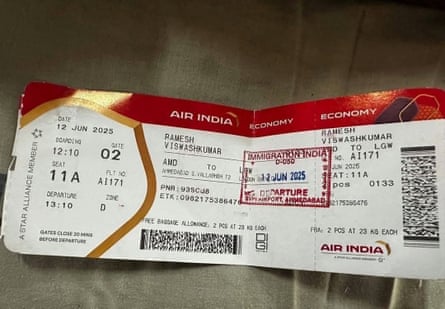
One survivor was soon identified – the British man who had been in seat 11A and had somehow escaped the crash almost unharmed except for cuts and bruises. Ramesh was able to walk away from the crash in a ripped T-shirt with his phone in his hand and boarding card in a pocket. Guided to an ambulance, he was taken to hospital.
“Thirty seconds after takeoff, there was a loud noise and then the plane crashed,” Ramesh told local reporters from his hospital bed. “It all happened so quickly … When I got up, there were bodies all around me. I was scared. I stood up and ran. There were pieces of the plane all around me.”
Air India has organised two relief flights to Ahmedabad, one each from Delhi and Mumbai, for the next of kin of passengers and crew, as investigators begin to look for the cause of the crash, the first involving a Dreamliner.
Boeing said it was “working to gather more information” on the incident, while the UK and US said they were dispatching air accident investigation teams to support their Indian counterparts.
In Awang Leikai of Thoubal district in Manipur, the family of flight attendant Kongbrailatpam had gathered in grief. Images broadcast by Indian television showed relatives kneeling on a floor, holding an album of pictures of the young woman. Amid sobs, a woman is heard calling out: “My child, my child, I raised with these hands, where have you gone? I want to see you. Where are you?”

 3 months ago
52
3 months ago
52

